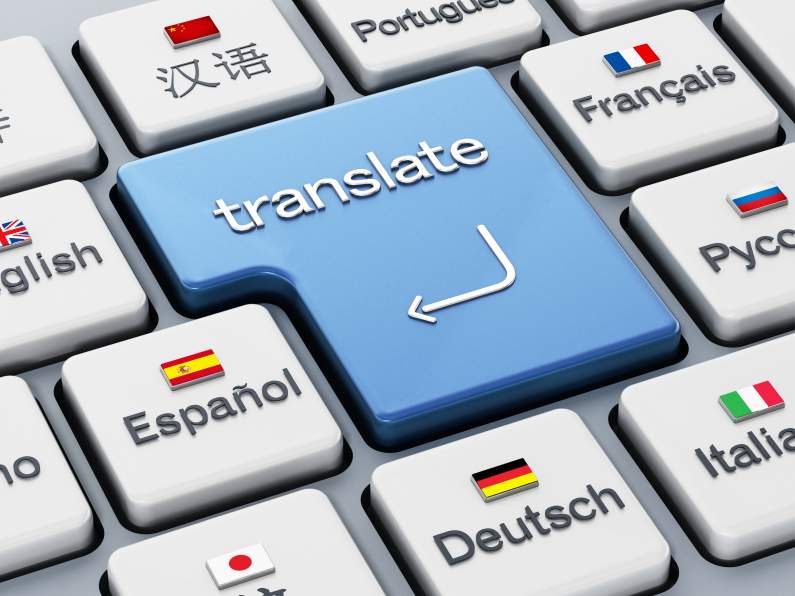In today’s interconnected world, effective communication across languages is crucial for businesses, organizations, and individuals alike. Translation services play a pivotal role in facilitating this communication, ensuring that messages are accurately conveyed while respecting cultural nuances. Beyond linguistic proficiency, cultural competence is essential in translation services to bridge language barriers effectively. This article explores the significance of cultural competence in translation, its impact on communication, and best practices for achieving culturally sensitive translations.
Understanding Cultural Competence in Translation
Cultural competence in translation refers to the ability of translators to understand, respect, and effectively navigate cultural differences between the source and target languages. It encompasses several key aspects:
-
Understanding Cultural Context: Translators need to grasp the cultural context of both the source and target languages. This includes knowledge of social norms, customs, traditions, beliefs, and historical references that may influence the meaning and interpretation of the text.
-
Adapting Language and Tone: Cultural competence involves adapting the language and tone of the translation to resonate with the cultural sensibilities of the target audience. This ensures that the translated message is not only linguistically accurate but also culturally appropriate and sensitive.
-
Handling Idioms and Cultural References: Idioms, proverbs, and cultural references in the source language often lack direct equivalents in the target language. Translators with cultural competence can find suitable equivalents or explain their meaning effectively without losing the intended message.
-
Respecting Diversity: Cultural competence in translation respects and celebrates cultural diversity. It avoids stereotypes, biases, or ethnocentric perspectives that could distort the original message or offend the target audience.
Impact of Cultural Competence on Communication
Effective communication hinges not only on linguistic accuracy but also on cultural understanding. Here’s how cultural competence in translation enhances communication:
-
Preserving Intent and Meaning: Cultural competence ensures that the translated text accurately preserves the intent and meaning of the original message. It considers cultural nuances that may affect how the message is perceived and understood by the target audience.
-
Building Trust and Credibility: Culturally sensitive translations build trust and credibility with the target audience. When messages resonate culturally, they are more likely to be accepted and embraced, fostering positive relationships between communicators.
-
Avoiding Misinterpretations: Lack of cultural competence can lead to misinterpretations or misunderstandings. Translators who are culturally competent are better equipped to navigate linguistic and cultural nuances, reducing the risk of miscommunication.
-
Enhancing Cross-Cultural Communication: Cultural competence promotes effective cross-cultural communication by bridging language gaps and fostering mutual understanding and respect between different linguistic and cultural groups.
Best Practices for Achieving Culturally Competent Translations
To achieve culturally competent translations, translators and translation services can adopt several best practices:
-
Cultural Research and Preparation: Before translating, conduct thorough research into the cultural context of both the source and target languages. Understand cultural norms, values, and communication styles relevant to the content.
-
Consultation with Native Speakers: Collaborate with native speakers or cultural experts from the target language community to ensure accuracy and cultural appropriateness. Their insights can provide valuable perspectives on idiomatic expressions, sensitive topics, or nuanced meanings.
-
Adaptation of Tone and Style: Adapt the tone, style, and formality of the translation to align with cultural expectations. Pay attention to linguistic nuances such as politeness levels, humor, or formality that vary across cultures.
-
Awareness of Cultural Sensitivities: Be sensitive to cultural sensitivities, taboos, and potential areas of misunderstanding. Avoid language or imagery that may be offensive or misinterpreted in the target culture.
-
Continuous Professional Development: Stay updated on cultural trends, changes, and developments through ongoing professional development. This ensures that translators remain culturally competent and responsive to evolving cultural contexts.
-
Feedback and Revision: Seek feedback from native speakers or clients from the target culture to validate the accuracy and cultural appropriateness of the translation. Incorporate feedback into revisions to refine the final translation.
Case Study: Cultural Competence in Action
Consider a multinational corporation expanding its operations into a new market. Effective communication through culturally competent translation is essential for navigating local regulations, marketing products effectively, and establishing positive relationships with stakeholders. A translation team with cultural competence ensures that legal documents, marketing materials, and corporate communications resonate with the target audience, adhering to cultural norms and preferences.
Conclusion
Cultural competence is indispensable in translation services for bridging language barriers effectively. Beyond linguistic accuracy, it ensures that translations respect cultural nuances, preserve the intended meaning, and foster clear and respectful communication between different linguistic and cultural groups. By integrating cultural competence into translation practices through research, consultation, adaptation, and continuous learning, translators and translation services can enhance their ability to facilitate meaningful and impactful cross-cultural communication in today’s globalized world.

